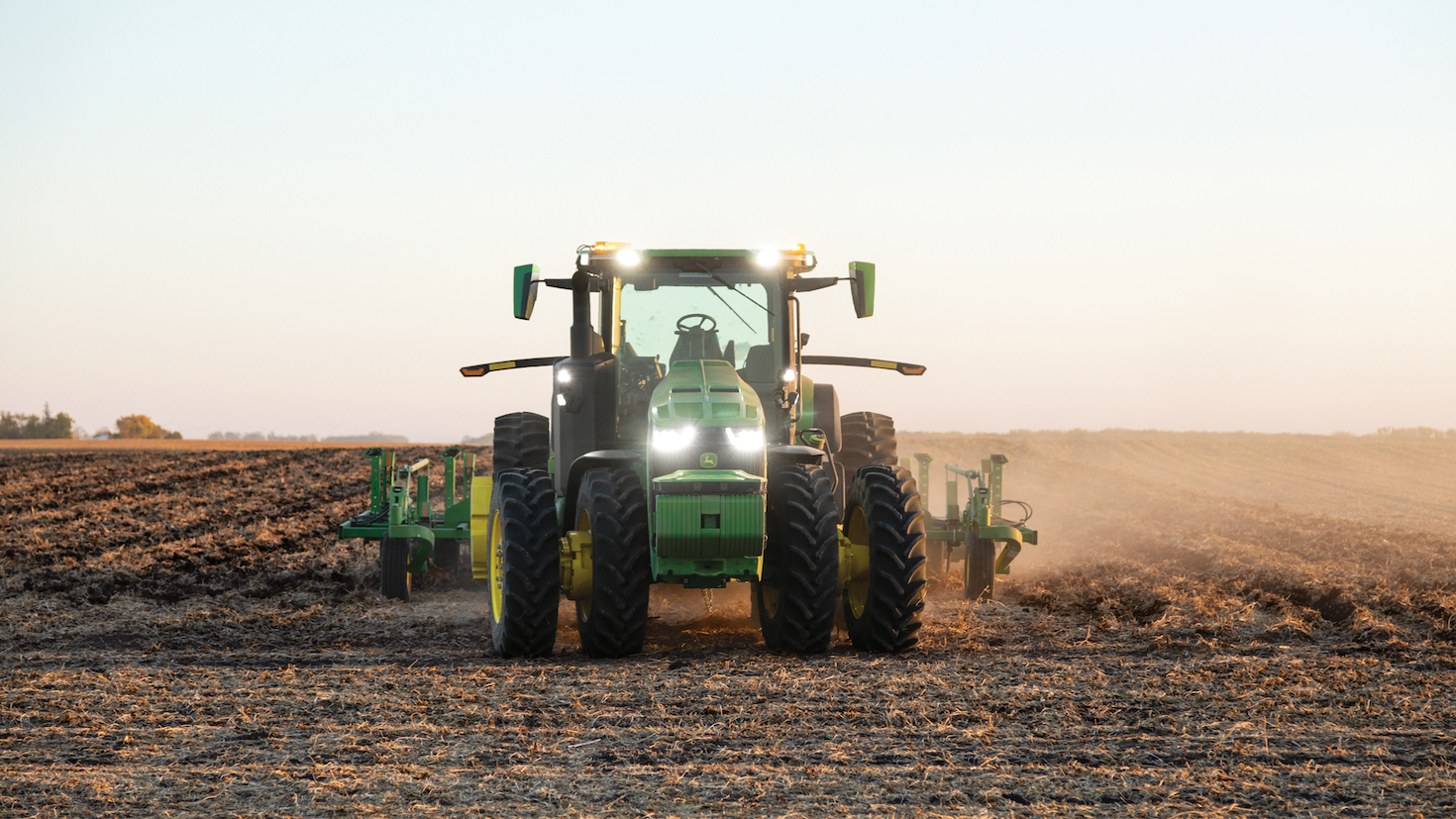Researchers at the U.S. Department of Agriculture’s Agricultural Research Service (ARS) have bred...
New Study Reveals What Farmers Really Think About Robots

Kynetec’s recent Agricultural Robotics Study with U.S. growers and livestock producers reveals interesting, firsthand views on the use of robotics on the farm. As agriculture technologies rapidly reshape the future of farming, Kynetec undertook a comprehensive market research study to better understand how U.S. row crop, specialty crop and livestock producers are adopting these innovations. The study aimed to uncover real-world usage patterns, investment drivers, and barriers to adoption — providing vital insights for ag tech developers, agribusiness leaders, and equipment manufacturers navigating the next wave of agricultural transformation.
For years, robots have been seen as the answer to some of agriculture’s biggest challenges: solving labor shortages, increasing efficiency, and optimizing farm operations. But what do farmers really think about this transformation? Here’s a snippet of the results:
- One half of farmers view agricultural robotics favorably.
- 28% of farmers surveyed considered themselves very comfortable using technology.
- 53% of farmers surveyed usually wait to try a new technology until it has been reviewed and have had a chance to research it.
Cody Roewe, Associate VP at Kynetec, explains, “Overall, farmers are optimistic, with the majority believing that robotics will become commonplace in farming within the next 5-10 years. Barriers are clear; and by addressing these financial and technical concerns, as well as providing robust support and education, manufacturers and distributors can effectively drive the adoption of robotics in modern farming practices.”
While obstacles persist, the speed of innovation and the benefits these technologies provide point to a future in which farming is not just more efficient and scaled, but also more sustainable and resilient. In a world coping with climate change, population demands, and food security worries, agri-bots may likely become farmers’ most valued partners.
Key types of agricultural robots that grow with the land
Agriculture is being transformed by a wide spectrum of robotic systems:
- Autonomous tractors, equipped with GPS and sensors, can plant, till, and spray crops requiring little human assistance.
- Robotic Harvesters: Ideal for delicate activities like fruit harvesting, they prevent crop damage and manpower shortages.
- Weeding robots use AI and computer vision to find and eradicate weeds, reducing pesticide consumption.
- Drones and Aerial Imaging Systems perform important roles in crop observation, health assessment, and spraying.
- Livestock Management Bots: Robotic milking systems and automated feeding improve animal health and production.
Agri-tech enterprises and startups are driving innovation in each sector.
Obstacles to Widespread Adoption
Agricultural robots have significant challenges, despite their potential:
- High upfront costs: Advanced robotic systems might be prohibitively expensive, especially for small and mid-sized farms.
- Infrastructure gaps: Many rural regions lack energy and reliable internet for linked systems.
- Farmers need training to operate and maintain high-tech machinery, which may need technical expertise or external help.
- Inconsistent worldwide standards for autonomous machines, drones, and data usage impede cross-border adoption.
Collaboration among governments, technology providers, and agricultural communities is necessary to address these concerns.
EDITOR’S TAKE:
Great potential, but a few challenges to reaching their full potential might be a good summarization of what the future holds for precision ag and, in particular, robotics. That said, however, the potential will quickly overcome the challenges with the help of artificial intelligence (AI). AI can help design solutions to the challenges more quickly than any prior time in our history. Robotics and precision ag will transform the ability of agriculture to feed an ever-expanding global population while improving consumer nutrition and health. Together they will also resolve some labor shortages and improve sustainability. As all of this fits into place, farmers/ranchers will transition even further away from traditional farm/ranch duties to those of managing a large scale, complex business by having more and better data available that will improve their ability to make better decisions.
Will your dealership be prepared for this new type of customer? Will you continue to approach sales, parts and service as you do currently or can you adapt and integrate into the new technological era of U.S. agriculture. We will continue to do our part to keep you moving forward with new ideas, products and innovations of our own!








